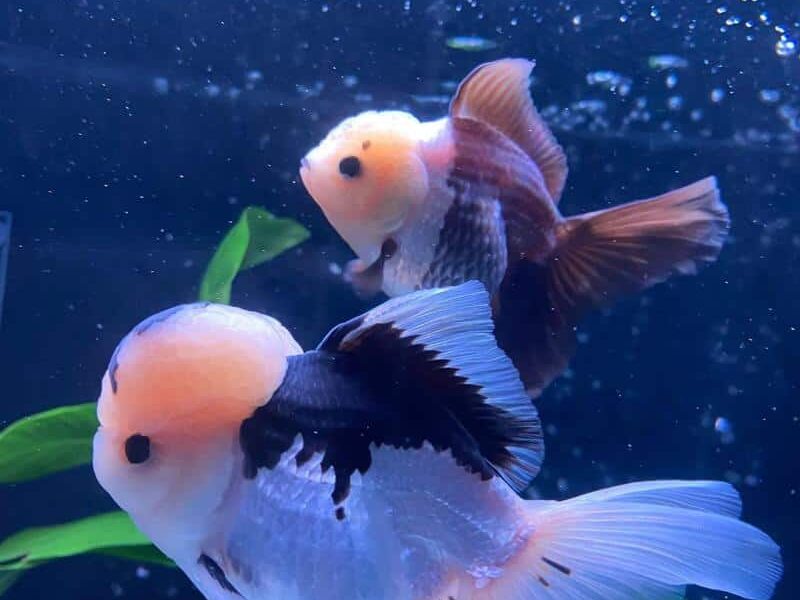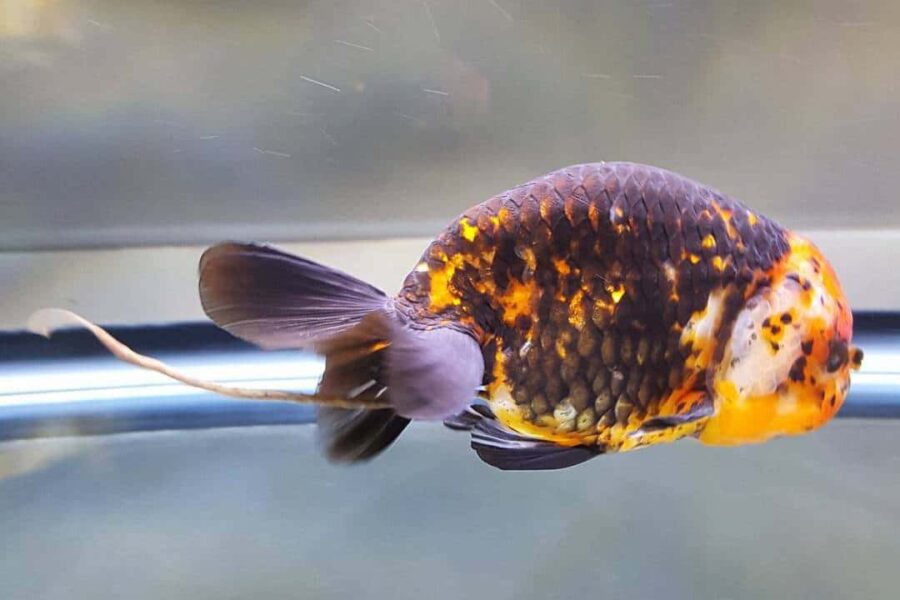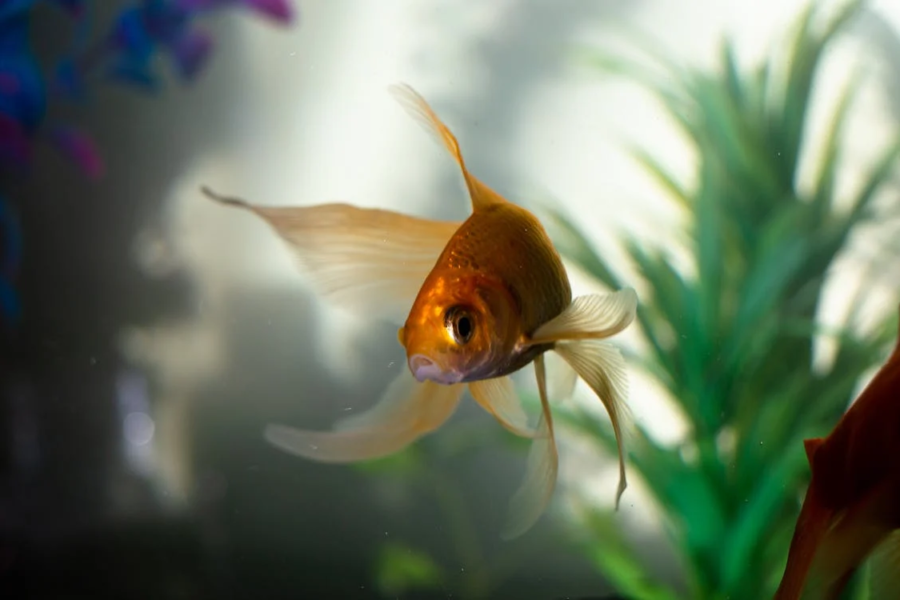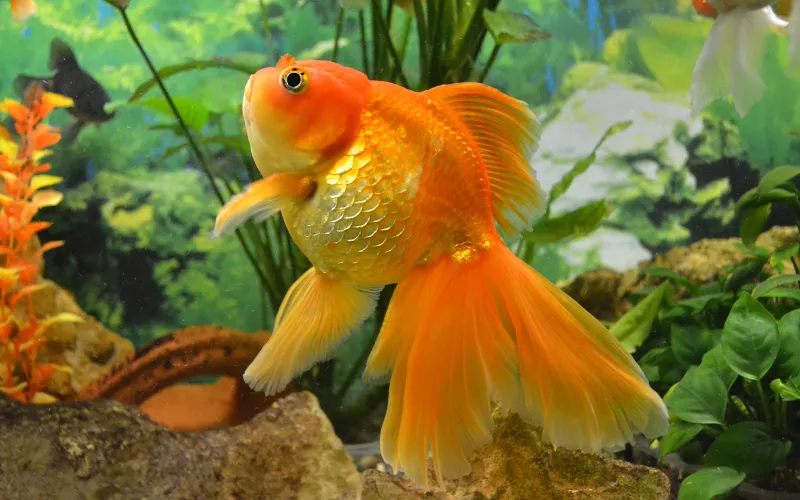
“Dropsy in goldfish” is a term that might send ripples of concern through any fish owner’s heart. Have you ever peered into your fishbowl to see your aquatic companion appearing more swollen than spirited? Dive into our detailed guide that unravels the mysteries of this prevalent fish ailment.
From recognizing the symptoms to understanding the underlying causes, home remedies, and recognizing when it’s time to seek a vet – we’ve got it all covered. By the end of this guide, you’ll be well-equipped to steer your goldfish away from the murky tides of Dropsy and back into clear, bubbly waters.
Understanding Dropsy
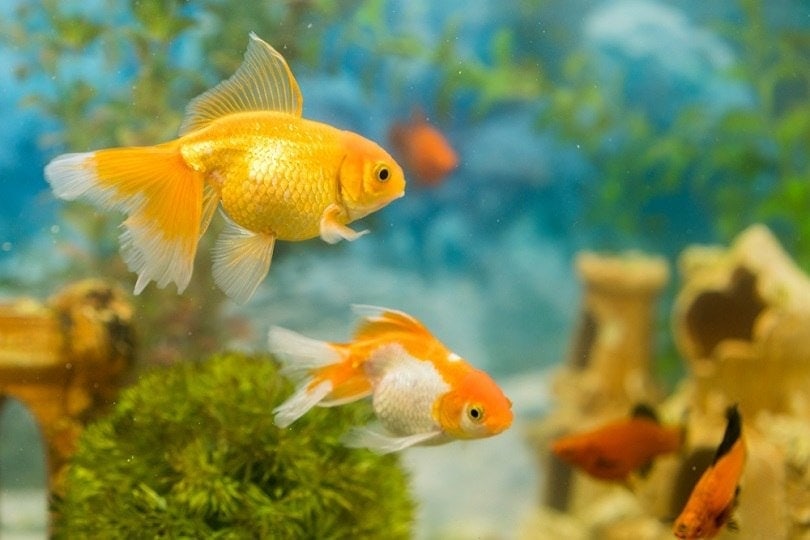
“Drop, drop, Dropsy!” Alright, fish parents, don’t panic. Today, we’ll swim deep into the world of Dropsy. By the time we’re done, you’ll be an expert, ready to tackle your goldfish’s bloating like a pro.
What is Dropsy in Goldfish
So what is Dropsy, you ask? Well, let me tell you. In a nutshell, Dropsy is a disease that makes your fish look like they’ve just wolfed down a Thanksgiving meal. They bloat up like a water balloon. Quite spooky, wouldn’t you agree? But this is no joke, folks. It’s a serious ailment that needs prompt attention.
How Dropsy Affects Goldfish Health
Moving on, how does Dropsy affect your goldfish? It’s simple. It messes with the goldfish’s equilibrium, making them imbalanced. Unfortunately, this can lead to them swimming upside down or sideways – no fun for them or you. The bloating also puts pressure on other organs, which can be disastrous.
Just like we feel miserable after a hefty meal, imagine how your goldfish feels with this bloating! Hopefully, this gives you a glimpse into what your goldfish endures during Dropsy. Scary, I know. But don’t worry! Up next, learn more about the symptoms to spot this trouble early. Let’s keep paddling!
Dropsy in Goldfish Symptoms
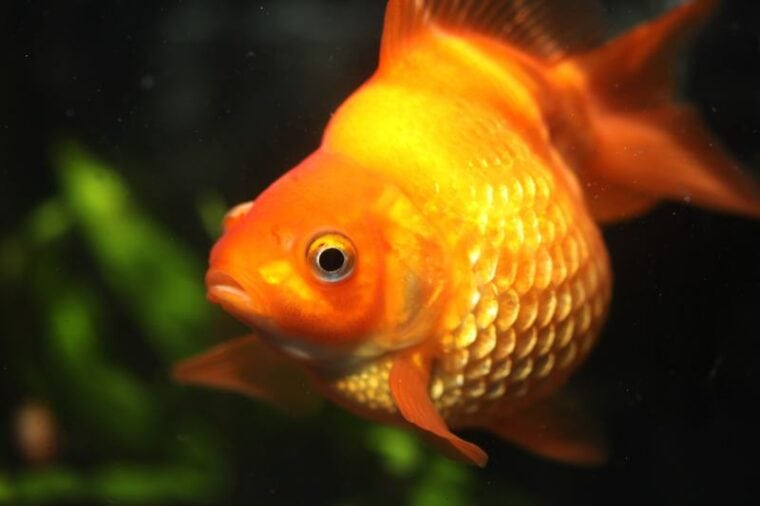
Grab that magnifying glass and let’s Sherlock Holmes your way through the murky underwater world of ‘Goldfish Land’. In this section, we’ll introduce you to the telltale signs of Dropsy, so you can catch this pesky condition before it balloons out of control.
Signs of Dropsy in Goldfish
Did you spot Steve (yes, we’re naming your goldfish Steve for now) bloating with scales protruding unnaturally, giving him a pinecone-like appearance? Or, perhaps Steve’s been swimming sideways, upside down, or just hawking over the corner like a naughty teenager grounded for the weekend. Worse yet, maybe poor Steve’s eyes have started bulging. What you’re witnessing, my dear Watson, are early signs of Dropsy. Each of these symptoms requires your Sherlock-level attention. Remember, time is of the essence – the earlier you spot Dropsy, the better Steve’s chances of recovery.
Physical Changes Due to Dropsy
We’re about to go deep here folks (scuba gear not needed). Dropsy isn’t just cosmetic; we can’t just slap some underwater make-up on Steve and call it a day. This condition primarily affects the abdomen due to fluid accumulation, causing Steve’s belly button – if he had one – to protrude. Besides the ‘pinecone’ effect, Dropsy might lead to weight loss and color changes in goldfish, making Steve look like he’s auditioning for an emo band or vying for ‘Biggest Loser: Goldfish Edition.’
Alright, investigative buddies, with the detective work done, let’s flip to the next section in our goldfish saga. From causes to cures, we’re set to decode Dropsy below the surface. Join us for a whirlpool of insights in the upcoming sections.
Causes of Dropsy
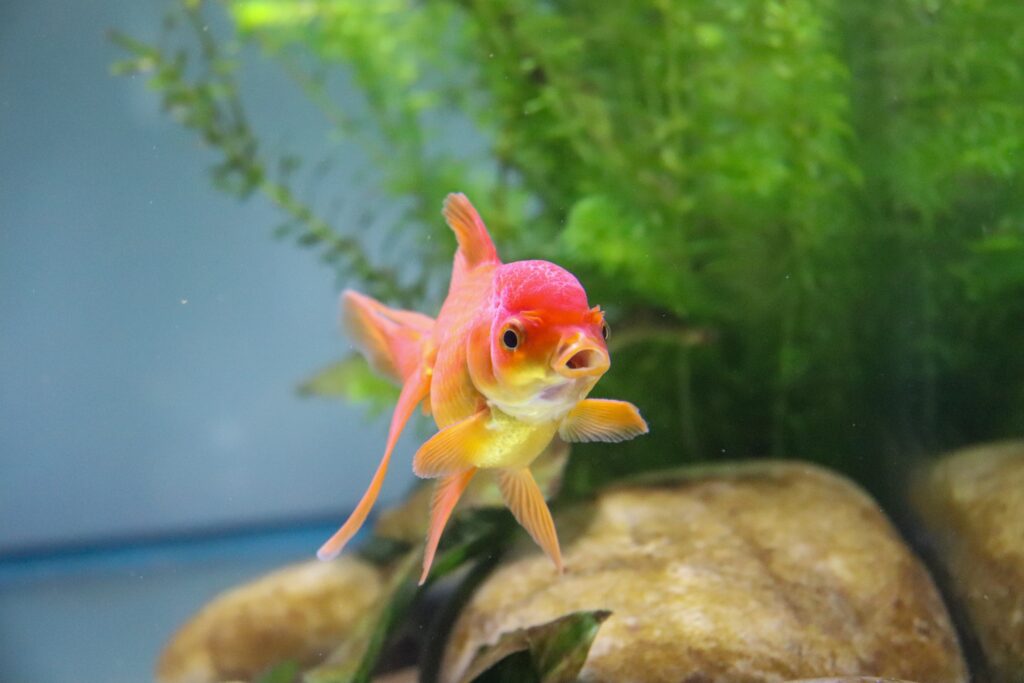
Time for some detective work! We shall now uncover the hidden enemies of our scaly friends. Let’s head under the water and delve into the serious stuff: the causes of Dropsy.
Underlying Reasons for This Condition
Bad bacteria called Aeromonas are often the culprits behind Dropsy. When goldfish are under stress, their immune system takes a hit. This makes them susceptible to such nasty bacterial invaders. These microscopic cyber bullies attack the goldfish’s kidneys, causing fluid build-up. Subsequently, it leads to the bloated, pinecone-like appearance that’s synonymous with Dropsy.
How Water Quality Connects with Dropsy
We all know that clean water is to fish what good coffee is to most adults – vital! Your goldfish’s environment directly affects its health. Poor water conditions act like invitations to bacteria and parasites. A high level of nitrates, low oxygen, or incorrect pH can push your little swimmer into a stressed state. And as we discussed earlier, stress equals a lowered immune system, opening the gateway for Dropsy-causing bacteria.
Now that we’ve sleuthed out the causes behind Dropsy, it’s time we talk about the solutions. We can’t just leave our little friends all puffed up and feeling low! We’ll soon guide you through treatments that can help your pet bounce back. So, let’s take the plunge into the therapeutic world of making your goldfish healthy again.
Dropsy Treatment
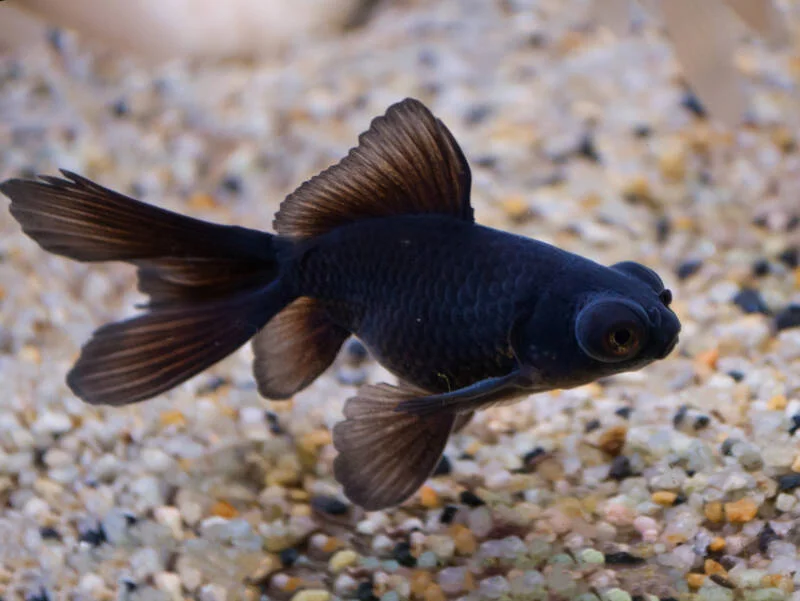
Oh, the woes of a bloated goldfish! I get it, you’re as worried as a cat in a room full of rocking chairs. But let’s pack that anxiety away for a bit and focus on how we can treat Dropsy.
Effective Treatments for Dropsy at Home
Good news for fish enthusiasts! Managing Dropsy doesn’t have to be an expensive ordeal. Here’s a specific treatment you can administer right at home:
- Medication: Opt for over-the-counter broad-spectrum antibiotics. These are usually effective against the bacteria causing Dropsy. Always follow the recommended dosage for your fish’s size and be sure to check the instructions carefully. Alongside antibiotic treatment, an Epsom salt bath can be beneficial for affected fish. This bath helps in drawing out excess fluid causing the swelling, offering short-term relief. When using Epsom salt, ensure the concentration is appropriate, usually between 1 to 3 teaspoons per gallon, and closely monitor your fish during the bath.
- Water Quality: This is paramount. Maintain water cleanliness at its best. It’s akin to providing your fish with a luxurious stay but without the extra embellishments. Regularly check the pH, ammonia, nitrate, and nitrite levels. For a deeper dive into maintaining pristine water conditions, check out The Complete Guide to Aquarium Maintenance and The Weekly Maintenance Checklist for Your Planted Aquarium. Changing a portion of the water frequently can also help.
- Temperature Control: Warm water can assist in your fish’s recovery. Aim to keep the water temperature at around 80 degrees Fahrenheit.
- Dietary Boost: Enhance your goldfish’s immune response by feeding them food soaked in garlic guard. This not only boosts their immunity but also helps in combating the disease.
When to Consult a Vet
But hold your horses! What if the home remedies don’t work? Well, it’s time to call in the pros. If the bloating doesn’t subside, make sure you consult a vet. They can recommend a more specific treatment or even a different antibiotic.
You see, there’s no one-size fits all cure for Dropsy. Depending on your goldfish’s overall health and the severity of the condition, the vet may provide different advice. I know, it’s a bumpy road, but we’re in this together! Besides, after curbing Dropsy, let’s focus on prevention.
We’ve snooped through Dropsy treatments, and next, we’re about to navigate through Dropsy prevention. It’s an uphill climb that’s worth every step. After all, prevention is better (and stress-free) than cure, right? Let’s gear up and dive into the deep end of the pond with the next section.
Preventing Dropsy in Goldfish

Sliding into preventative measures, this behemoth of a section tackles the essential steps we can take to prevent Dropsy. It’s kind of like teaching our goldfish to dodge those metaphorical curveballs life pitches their way. Only, in this case, the curveball is an uncomfortable bloating disease, and we don’t want our fishy pals getting struck out.
Necessary Steps for Dropsy in Goldfish Prevention
Dropsy, in essence, is an internal rebellion your goldfish didn’t sign up for. Mostly influenced by their environment, this ailment is essentially a goldfish’s internal cry for better living conditions. Rule number one – keep the tank clean, folks. Regular water changes are as essential as your morning coffee to kick start the day. Unwanted bacteria hate cleanliness – a top tip! Also, ensure to kick any stress-associated factors to the curb. A chilled goldfish is often a healthier goldfish.
Recommended Goldfish Care Routine
Of course, our preventative measures aren’t all just about cleaning and chilling. It’s also about establishing a goldfish care routine that would make a military sergeant proud. This routine should involve regular feeding with high-quality fish food, for which you can explore Discover the Best Foods for Your Goldfish. Moreover, keep tabs on your fish-friends daily. Noticed any changes? Listless floating or odd swimming patterns? You’ll be faster acting if you acknowledge these signs early. And to ensure they’re getting just the right amount of food, delve into Strategies to Prevent Overfeeding Your Goldfish.
To Sup Up
Dropsy is a health condition posing serious threats to our golden finned friends. Quick recognition of symptoms, such as physical changes, can gear us towards early intervention. A combination of underlying factors can lead to Dropsy, notably linked to water quality, signaling the importance of their environment’s purity.
Evolution in home treatments for Dropsy has made a significant impact, although vet consultations may still be crucial in severe cases. Naturally, prevention carries the best prognosis, with necessary steps and an attentive care routine shifting the odds favorably. Embrace your inner Goldfish guardian and create a healthy, Happy-Gold-Life.
Frequently Asked Questions (FAQ)
Question: What exactly is Dropsy in goldfish?
Answer: Dropsy is a medical condition in goldfish where they experience severe bloating, due to underlying issues like bacteria or poor water conditions, affecting their overall health.
Question: How can I tell if my goldfish has Dropsy?
Answer: If your goldfish appears bloated, has protruding scales, or is behaving lethargically, it may be suffering from Dropsy.
Question: What causes Dropsy in goldfish?
Answer: Poor water quality, inadequate diet, or bacterial infections are common reasons for your goldfish developing Dropsy.
Question: Can I treat Dropsy at home?
Answer: Yes, early stages of Dropsy can be treated at home using aquarium salt and antibacterial fish medication. However, severe cases may require consulting a vet.
Question: How can I prevent my goldfish from getting Dropsy?
Answer: Regularly checking water conditions, maintaining a balanced diet, and providing a clean tank environment can help prevent the onset of Dropsy.
Question: What should I do post-recovery to ensure my goldfish doesn’t relapse?
Answer: Keep up with optimal tank maintenance, regular health checks and hydration can help ensure your goldfish’s long-term well-being post-Dropsy.

